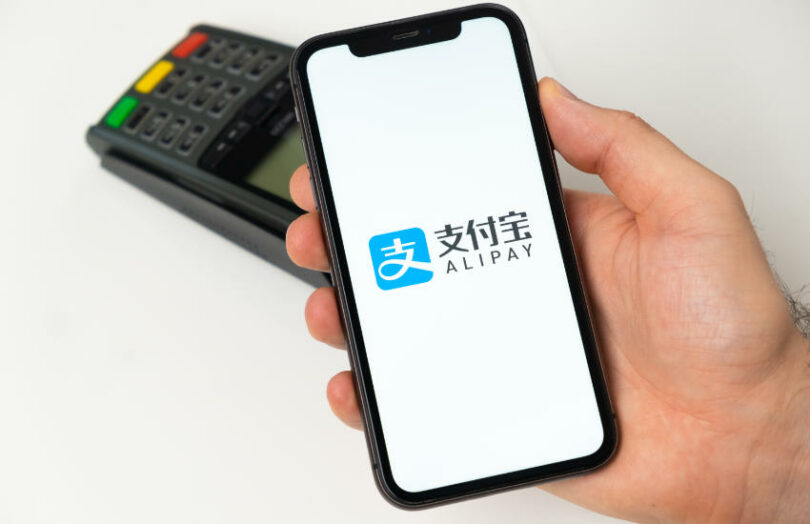Bakong, the groundbreaking digital currency initiative launched by the National Bank of Cambodia in 2020, now has a tie-up with Alipay+, extending its reach further. Chinese visitors will be able to pay in Cambodia using their Alipay wallets. Plus Cambodians with full KYC bank-linked Bakong wallets will be able to pay overseas at merchants linked to Alipay+.
While Bakong supports US dollars and Khmer Riel, the Alipay+ deal appears to be targeting Khmer Riel usage.
Stepping back, Bakong is often described as a central bank digital currency (CBDC) because it’s operated by the central bank. However, it isn’t a CBDC, particularly as Cambodia is a heavily dollarized economy. It’s really a tokenized deposit system because the digital currency is a liability of commercial banks. When users pay each other, there’s an end-of-day settlement between banks.
That said, users don’t have to have a bank account to use Bakong. They can sign up through payment agents. That was an important feature because only 22% of Cambodian adults had bank accounts at the time of launch.
Cambodia already expanded usage across borders. Last year it launched a KHQR code that unified the Bakong QR code and those of 50 odd bank mobile apps. Whenever the KHQR is used it is settled via Bakong on the backend. It’s not only for domestic use but can also be used throughout the ASEAN, wherever it’s supported. For example, Cambodia has deals with Malaysia, Laos, Thailand, Vietnam and China’s UnionPay.
Meanwhile, Alipay says it is available in 57 markets and is particularly popular in China, Singapore, Malaysia, Thailand, Japan and South Korea.
Separately, the developer of Bakong, Soramitsu, is developing Mukumi, a cross border digital currency system for Japan that will link to Bakong. The aim is to allow Japanese merchants to sell across Southeast Asia using QR codes linked to Bakong. Countries targeted include Malaysia, Thailand and Vietnam, all jurisdictions where Bakong is accepted.






